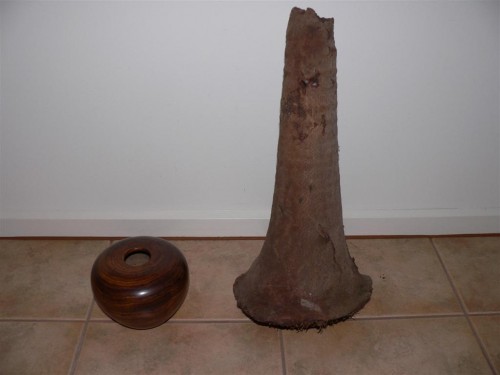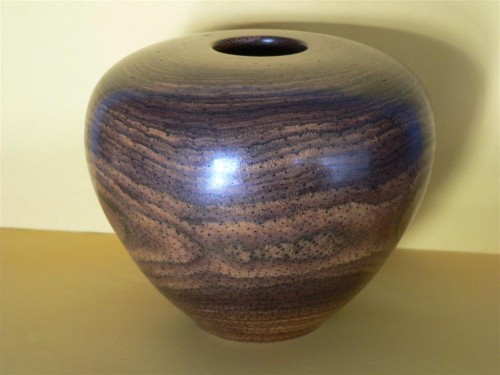Banksia integrifolia (Coast Banksia)
Today we had to be in Adelaide so came home via Blackwood and Wittunga Botanic Gardens. It is a few years since we had been there and a lot of new plantings have been done in the past 6 months.
Amongst the plants flowering were some Banksias. Surprisingly, from a rainfall point of view, Banksia integrifolia grows quite well here (13 inches). The rainfall at Wittunga would be nearer 24 inches I suppose.
Here it grows to about 5-6 metres. It can grow to as much as 20m. The leaves are attractive being dull dark green above and silvery below, with pale yellow flowers. In places it grows right up to the edge of sea water. Yet it is also frost hardy.
Here it grows on highly alkaline soils with good drainage. Limestone rubble in the soil at least ensures that! At Wittunga it would be nearer neutral to possibly slightly acidic.
Germination of Seed During Winter
I have been quite surprised at the number of species which will germinate in the winter. I thought I had actually lost the seeds as they were put in so late. It is amazing that chilling actually will stimulate germination. At the moment I have a packet of Callitris canescens (preissii subspecies canescens, I think) in the freezer. They will be sown later this week. It is the first time I have tried this technique for germinating seed so it will be interesting to see what happens.
The Hardenbergia violacea, a lovely royal purple form that is quite bushy rather than a scrambler or climber, are ready bto pot on this week. Some of the other pea flowers are nearly ready also. Unfortunately I lost the Sturt Desert Peas and will need to try again, perhaps at the end of August.
Eucalyptus macrocarpa (Mottlecah)
Today I potted on a potful of seedling Eucalyptus macrocarpa. I just read that they are slightly frost tender. Not sure what to make of that. They certainly seem not to be bothered by temperatures down to -4C. I have had the pot of small seedlings sitting out in the frost this winter. They had their second set of leaves which is why I had to get them into their own pots. The roots were well developed.
This is a rather straggly, shrubby Eucalypt. At the arboretum they are about 3m tall by 4m wide. It appears they can get to 5m tall. There is no sign that they will ever be that tall here. The largest I have seen in our high pH soil is 2m. There are apparently some compact forms around but I think this size is due to the soil. The flowers are about 8cm in diameter and the fruits are very decorative. The nectar feeding birds love this plant. I have used the dried fruit at Christmas time with a candle wedged into the open valves.
The shrubs need to be regularly pruned. The plants grow best in dry areas. They need good drainage and warmth to do well.
I think they would make a great container plant. Apparently in USA they are used as an indoor container plant.
Xanthorrhoea Bowl and Root
This is another of Jeff’s photos.
Jeff turned this piece of Xanthorrhoea root and the bowl.
Australian native timbers have been used for many wood crafts. I have a set of lace bobbins turned from local mallee (Eucalyptus species), mulga (Acacia aneura) and silky oak (Grevillea robusta). The grain and colour is beautiful on the curves of the bobbins.
Another friend made a parquetry floor from timbers that he cut to size himself. The finished floor is a delight to look at. Crawling about on the floor was sheer pleasure to enjoy the colours.
Wood Turning With Xanthorrhoea
I have always admired the skills of people who do wood turning and enjoyed the results of their skills.
This photo that Jeff sent to me was taken at an exhibition. The bowl has the most marvellous grain and colour. This is turned from the caudex (trunk) of a Xanthorrhoea .



